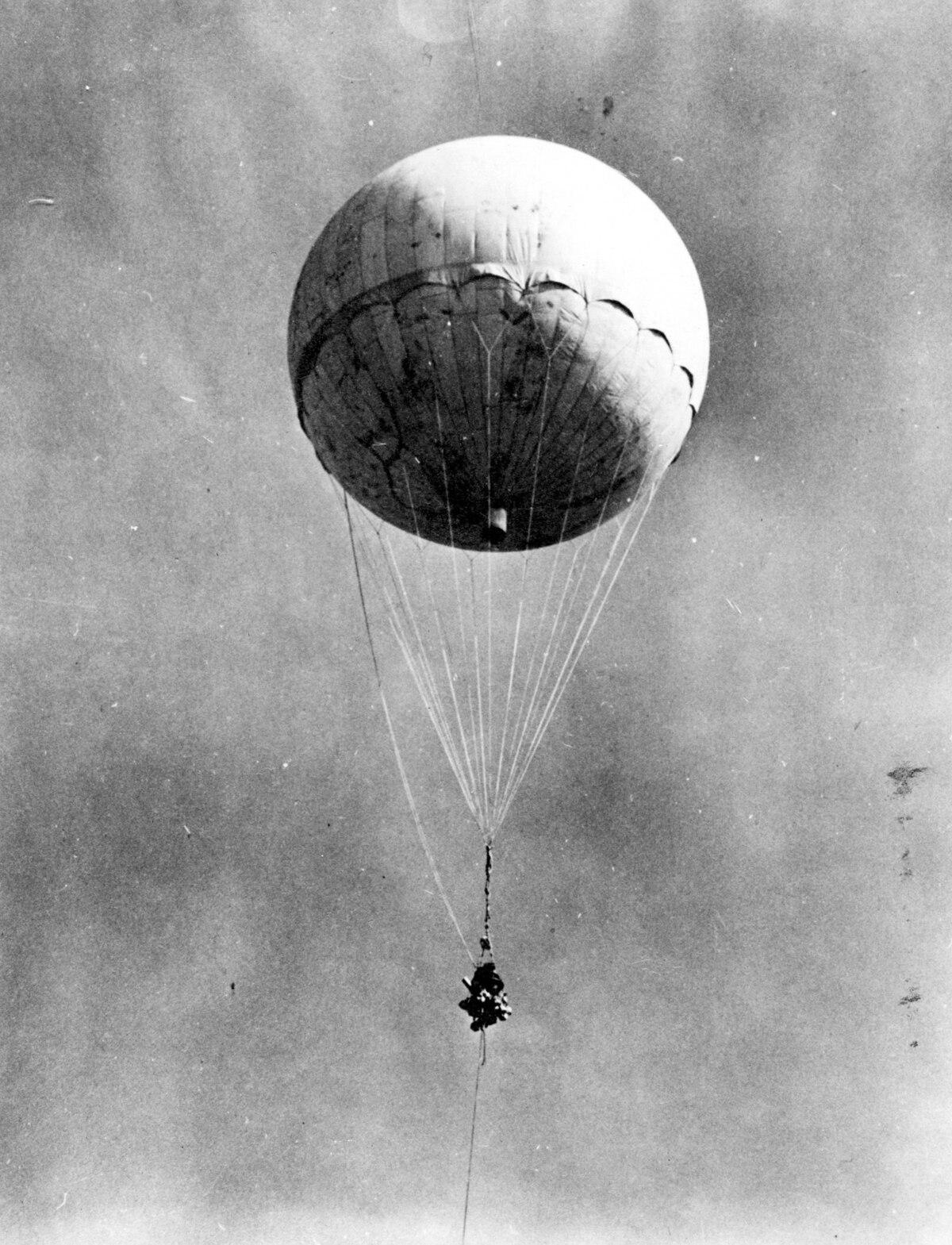
en.wikipedia.org

en.wikipedia.org

en.wikipedia.org
After months of research, Kusaba's team developed a six-metre (20 ft) prototype balloon capable of flying at 25,000 feet (7,600 m) for 30 hours.
[10] The ballons were constructed from five thin layers of
washi, a durable paper derived from the
paper mulberry (
kōzo) bush, which were glued together with
konnyaku (Japanese potato) paste. The Army mobilized thousands of teenage girls at high schools across the country to laminate and glue the sheets together, with final assembly and inflation tests at large indoor arenas including the Nichigeki Music Hall and
Ryōgoku Kokugikan sumo hall in Tokyo.
[11] The original proposal called for night launches from submarines located 600 miles (970 km) off the U.S. coast, a distance the balloons could cover in 10 hours. A timer would release a five-kilogram (11 lb)
incendiary bomb at the end of the flight.
[12] Two submarines (
I-34 and
I-35) were prepared and two hundred balloons were produced by August 1943, but attack missions were postponed due the need for submarines as weapons and food transports.
[10]
The I-34 and I-35 were Type B1 cruiser submarines with aircraft hangars. I would like to know more about the way they were "prepared", and I can't find any photos of the 20 ft diameter balloons they would have used, despite 200 being made. They would not have been usable for intercontinental launches (those balloons were larger, with a 33ft diameter), perhaps their materials were re-used, or they were destroyed before the Americans could see them?

